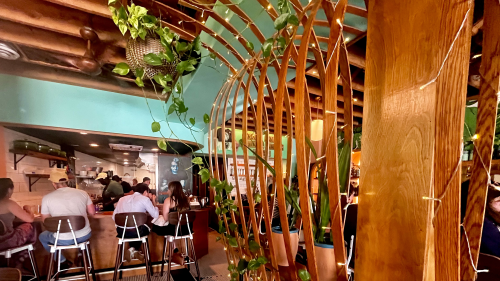You love local food, music, business, and art — so while you’re planning your garden, why not choose local plants, too?
Recently, the US Department of Agriculture released an updated Plant Hardiness Zone Map — a resource that gardeners and growers across the country can use to determine which perennial plants can grow in their area. The interactive map was last updated in 2012, so this newest version has been 10+ years in the making.
Native plants are naturally adapted to the local climate, provide sustenance to native wildlife, and save water by thriving on normal rainfall. Plus, they’re more visually diverse than, say, lawn grass.
Consider planting some Wisconsin florae of your own, we’ll get you started with these native flowers that can thrive in the fall.
Black-eyed Susan
Rudbeckia hirta
Water needs: Moist, Dry
Light needs: Sun
Bloom time: March-November
Growing tips: Black-eyed susan can become aggressive without competition, so consider planting it alongside other plants on this list.
Attracts: Birds, butterflies (Bordered Patch + Gorgone Checkerspot)
Butterfly Milkweed
Asclepias tuberosa
Water needs: Moist, dry
Light needs: Sun, shade, part-shade
Bloom time: May-September
Growing tips: Butterfly Milkweed attracts aphids, which you can deal with by spraying with soapy water, blasting with high-pressure streams, or by leaving the aphids for ladybugs.
Attracts: Hummingbirds, butterflies (Monarch + Grey Hairstreak)
Purple Coneflower
Echinacea purpurea
Water needs: Dry
Light needs: Sun, part-shade
Bloom time: April-September
Growing tips: Purple coneflower thrives in lean soil with ~six hours of direct sunlight daily.
Attracts: Hummingbirds, butterflies
Blazing Star
Liatris pycnostachya
Water needs: Medium (high drought tolerance)
Light needs: Sun
Bloom time: June-Dec.
Growing tips: This flower thrives in temperatures ranging from 55 to 75º.
Attracts: Butterflies











